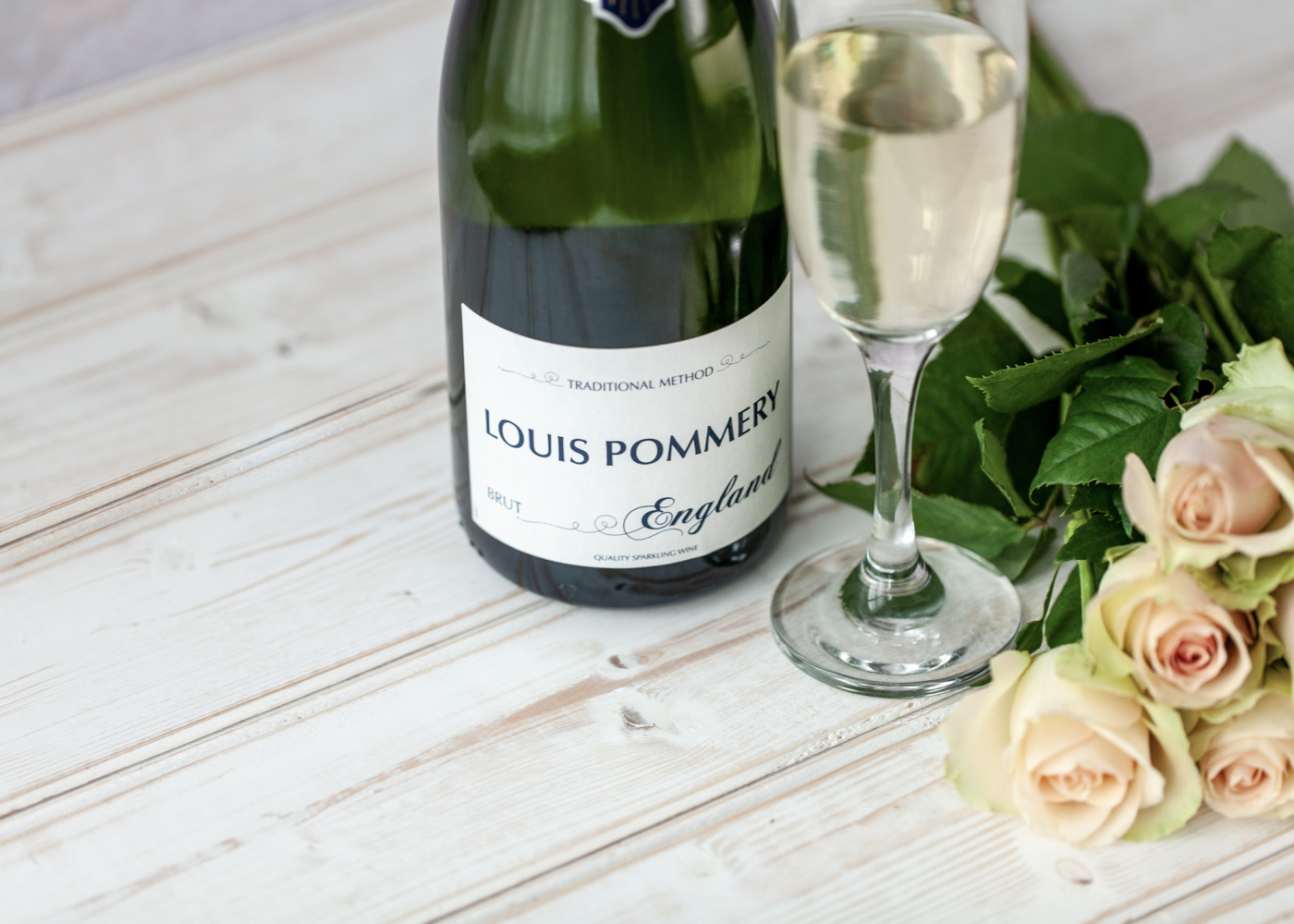
Effervesce sense | Karen Krizanovich on Louis Pommery England
Madame Pommery created a thirst for dry champagne in Victorian London. Its roots have since spread across the Channel, explains Karen Krizanovich

Madame Pommery created a thirst for dry champagne in Victorian London. Its roots have since spread across the Channel, explains Karen Krizanovich

“Help him, he spoke French!” was one of Steve Martin’s best lines when he was a comedian, not that you’d know. He’d rasp vowels at the back of his throat, making it clear that while you could technically speak French as an American, it wouldn’t be correct unless it hurt. This was back when I memorised useful emergency phrases listed in the inside cover of my Berlitz. Did anyone ever use, “Arrete ou j’crie”?
While I am sure the Greeks commercialised a few bruts before then, Pommery’s incredible 1874 vintage bowled over Victorian London
About that time, I had a glass of Pommery. I thought it was delicious but also it was a name I could pronounce. I was young and stupid. I would say “croycks” for croix. It was before I flew to Paris with my exotic polyglot boyfriend who had two PhDs – including one from the Sorbonne so you know he spoke good French. For someone finally entering the eurozone after yearning to be there forever, Pommery was the champagne of dreams because it was delectable, approachable and I knew it. Friendly, sexy, chic and dare I say, almost English, it was easier for an American mouth to say than Gueusquin or even Veuve Clicquot.
According to popular history, it was Madame Pommery – champagne has a lot of great widows – who made dry champagne desirable. Her house, Champagne Pommery, was the first to “commercialise a brut”, in 1874. While I am sure the Greeks commercialised a few bruts before then, Pommery’s incredible 1874 vintage bowled over Victorian London. Even if it was only after WWI that drier champagnes were fully embraced by the populace, that trend has led to the challenge of making a delicious zero dosage – or no sugar – champagne. You need good grapes for that.
…and that’s what she wanted. Madame Pommery focussed on dry sparkling wine at a time when everyone else was producing stuff so sugary it was served in small dessert glasses. So how did she beat that other famous widow Clicquot to the lucrative English market? Was she faster? Or was it Pommery’s years in an English boarding school? It took acumen to change her late husband’s company from still red to sparkling white wine. In any case, she joins my Aunt Opal with her motto Qualite d’abord (Quality First). Opal’s motto was, in truth, “Standards are slipping,” but that’s almost the same thing. Pommery bought Jean-Francois Millet’s “The Gleaners” for 300,000Fr at auction, stipulating the work to be given to the French nation upon her death. Noticing that Clicquot’s estate was getting American and English visitors, Pommery built an attractive chateau anglaise to lure travellers, admirers and other visitors to Reims. She may very well have invented champagne tourism – but we’ll find out for sure when I talk to Grape Escapes about champagne tourism in a future column.

Louis Pommery England avec (inexplicable) floral arrangement
Having loved Pommery but never really having enough of it, I tasted two bruts this week – the classic Pommery Brut Royal NV and the Louis Pommery England. Pommery, now owned by Vranken-Pommery Monopole Group, invested in Hampshire vineyards, Pinglestone in Alresford (extremely near where I ride – coincidence?), expected to bear fruit for 2021 and in full production by 2024. With Vranken-Pommery Monopole being the second largest champagne group in the world, I wasn’t sure what to expect in my glass outside of that little whirling miracle left in my brain from years before: “It’s a champagne name I can pronounce and the cork is so pretty!” The company’s vineyards spanning Champagne – also Provence, Camargue, Douro – and Hampshire make it Europe’s leading wine grower. The Brut Royal NV is a subtle bottle, built for an appetiser or a longer span of drinking. Elegant but vivid, its hints of red fruit are clean and rounded. It’s very drinkable. The Brut Royal NV is a great celebratory wine – sophisticated without being demanding. In short, you could drink it all night without any regret.
The Louis Pommery England is a different creature. My beautiful tasting assistant looked at me, saying, “You’re going to love this.” He was right. Upon opening, there was a waft of vanilla, followed by a lush bready scent – a combination of smells that makes me want to dive right in to its lovely rising bead and pale golden colour. Stone fruit, citrus and honeysuckle all shimmer to the surface and as you drink, you only wish you had a magnum of this very bottle. Make that a jeroboam. Succulent, dry, fruity all in one – Louis Pommery England is a lovechild between two worlds.
Although both bottles are exceptional in what they do, the Louis Pommery – a Gold Award winner at the Global Sparkling Masters of 2019 – has a lot to say. Judged by Masters of Wine, Master Sommeliers and senior wine buyers, it has already achieved a high accolade indeed. But what sticks in my mind is that, long ago, Madame Pommery – call her Louise – knew the English market. Now, her name is in the UK, embedded in the Hampshire soil and ready to spring something perfect from champagne know-how and English chalk. It’s like Louise looked far into the future and saw French sparkling wine and Champshire. Or is that Hampagne? C